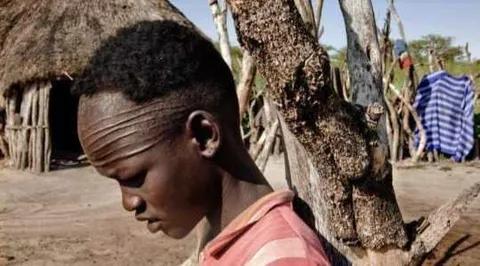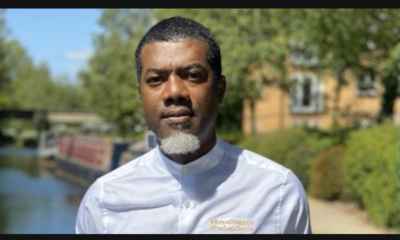History & Records
Did You Know That You Can’t Get Married In South Sudan Until You And Your Partner Have Two Children!! See Why!
Nuer people marry within their own tribe, so that relationship ties do not transcend the tribal boundary. Kinship extends far beyond the local villages, because of the Nuer concept of incest, which includes an extraordinarily wide range of people in its prohibition.
The Nuer are a cattle-raising people devoted to their herds, although milk and meat must be supplemented by the cultivation of millet and the spearing of fish. Because the land is flooded for part of the year and parched for the rest of it, they spend the rainy season in permanent villages built on the higher ground and the dry season in riverside camps. Marriage, which is polygynous, is marked by the giving of cattle by the bridegroom’s people to the bride’s kin. Because it is held that every man must have at least one male heir, it is the custom for a man’s kin, should he die unmarried, to marry a wife to his name and beget children by her, a custom known as “ghost marriage.”

First, one cannot marry within one’s own lineage or clan. Because clans may be very large, they thus prohibit a wide segment of the population from intermarriage. There is no exogamy explicitly by locality, but a village is such a network of various kinds of kinship ties, real or fictional, that usually a mate must be sought outside one’s own village.
Ideally, marriage should take place between persons whose families are of villagers within visiting distance. In the ultimate choice, the girl’s family must approve of the suitor’s family. They should be steady, agreeable people with a sufficiency of cattle. The actual marriage is made by payment of several herds of cattle (the bride price) from the groom’s family to the bride’s family.
Normally, three periods of payment and associated rituals are involved, which could be considered betrothal, wedding, and consummation. The true marriage occurs when the third feast is held, this time at the home of the groom.
This ceremony is the significant one; it celebrates the final binding of the union of families, and not until this occasion does the husband have full conjugal rights over his wife; He cannot punish or sue in case of the wife’s adultery, for example, or prevent her from going to the dances held by unmarried people.
The married couple does not live together until a child is born. They give the girl a special hut in her own family’s homestead, and the husband remains with his own family, visiting his wife whenever he can. After a child is born, they fully accept the husband as a member of the girl’s family. They stay with her family, however, only until the child is weaned, and then go to live in the husband’s village.
The Nuer are meticulous about showing proper deference to older people, but except for this kind of social stratification, there is no pattern of subordination or superordination; the society is eminently egalitarian, as is manifest in nearly all actions.
Follow us on social media:-

 Biafra2 days ago
Biafra2 days agoIPOB lawyer, Ejimakor Rejects FG’s Move To Set Date For Resumption Of Nnamdi Kanu’s Trial
-

 News2 days ago
News2 days ago“Why I Stopped Supporting Atiku Abubakar” – Reno Omokri reveals
-

 Education2 days ago
Education2 days agoNYSC DG speaks on N77,000 monthly allowance for Corpers
-

 Crime2 days ago
Crime2 days agoPolice arrest father and son for alleged m#rder of kinsman in Imo

